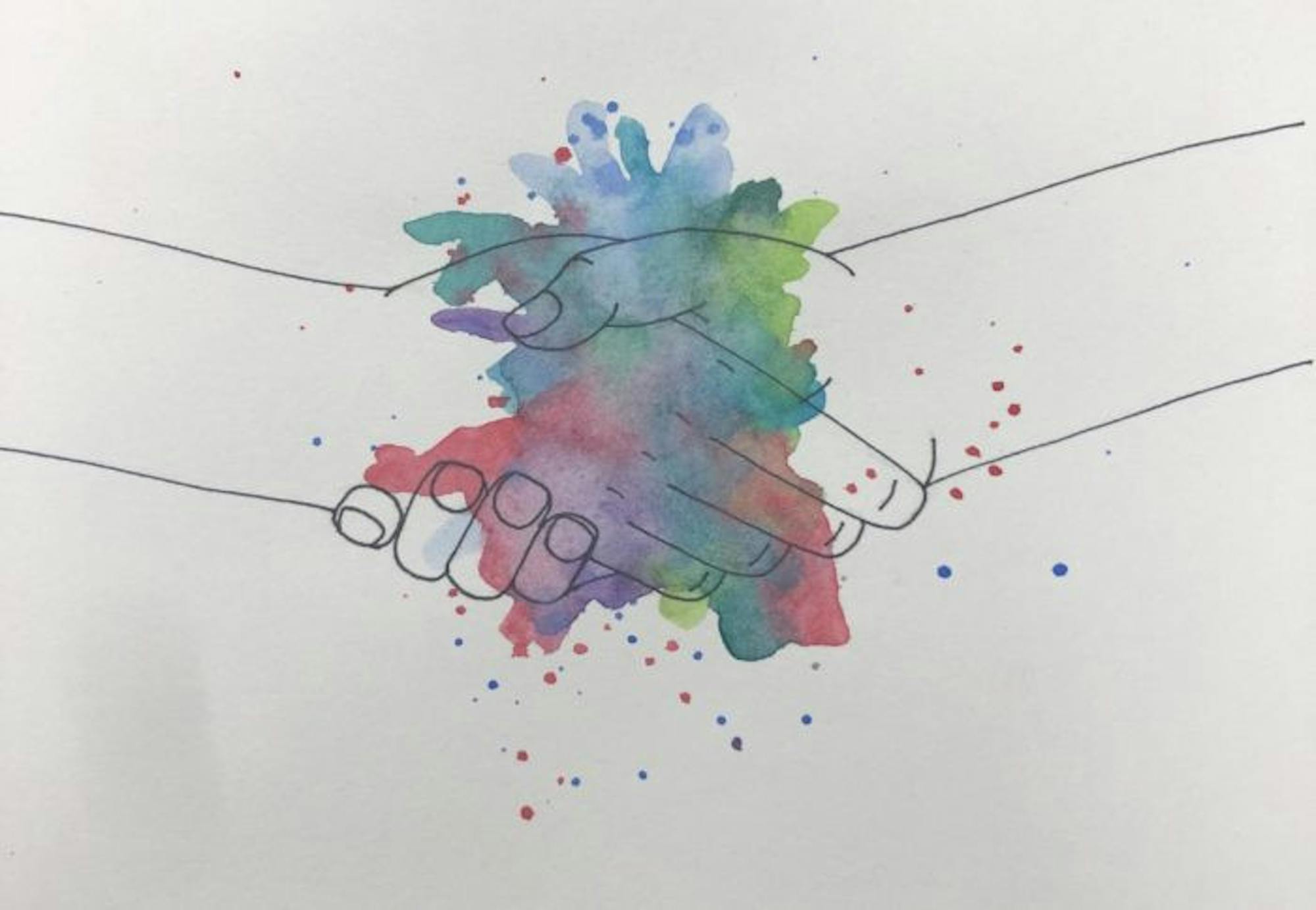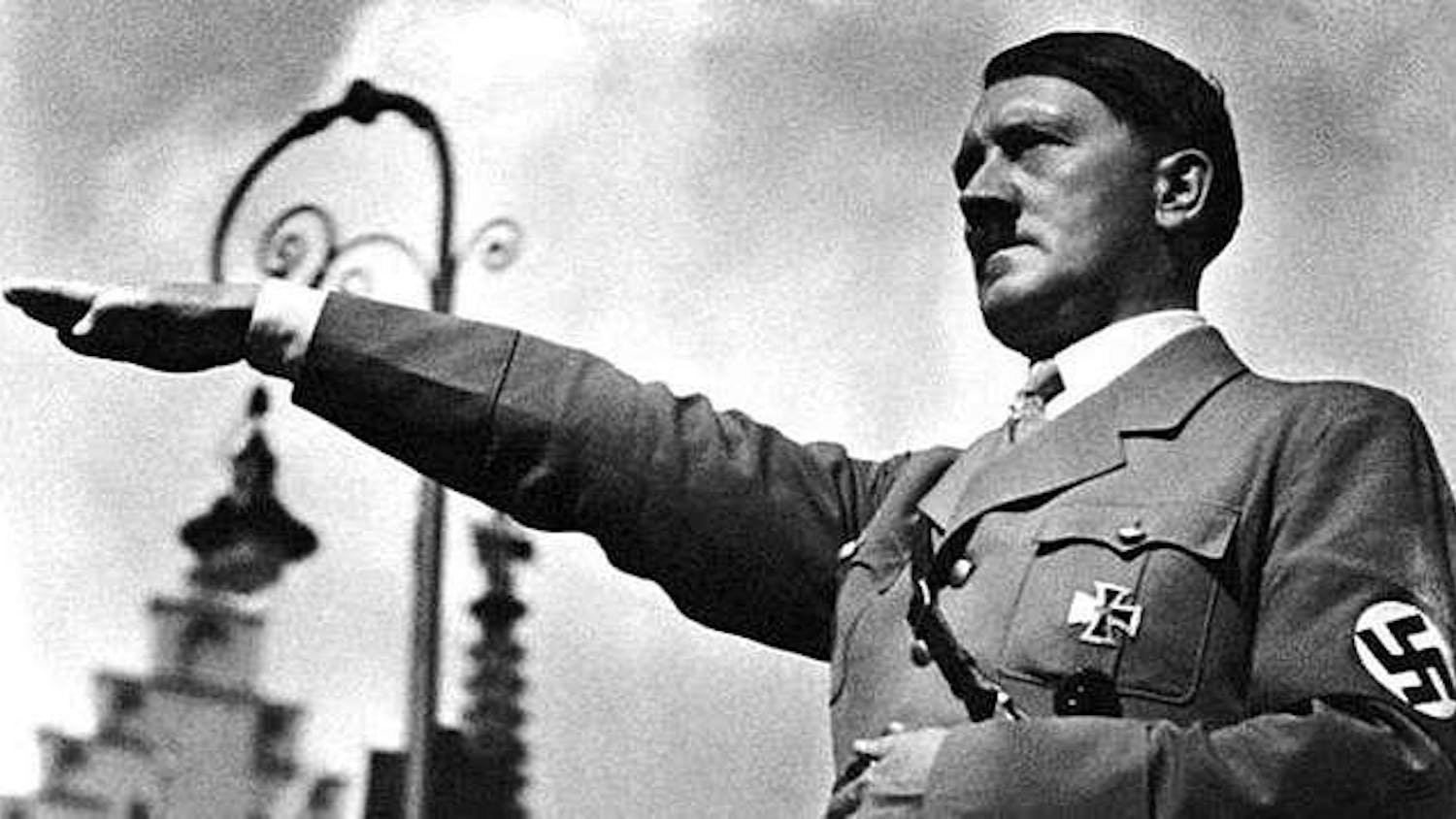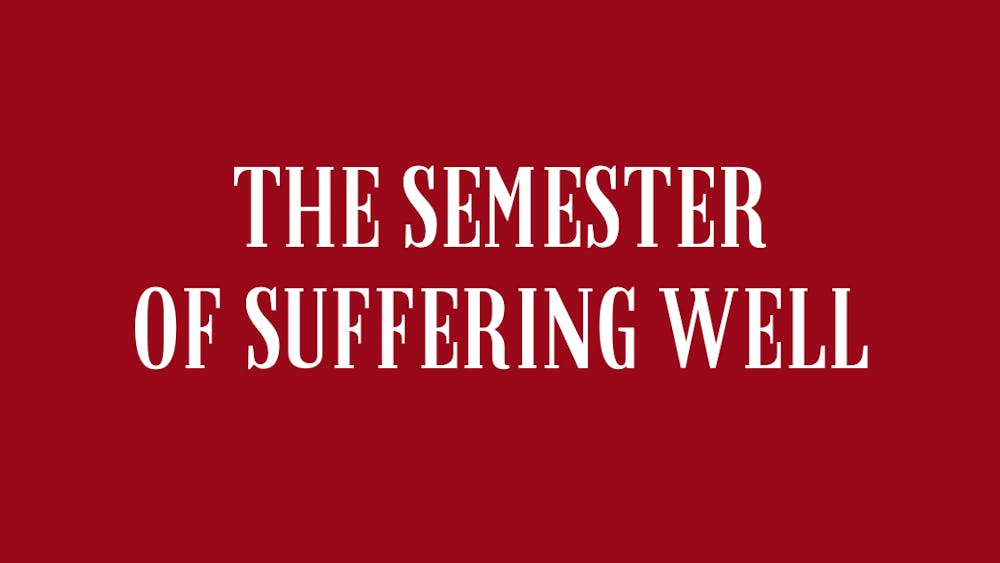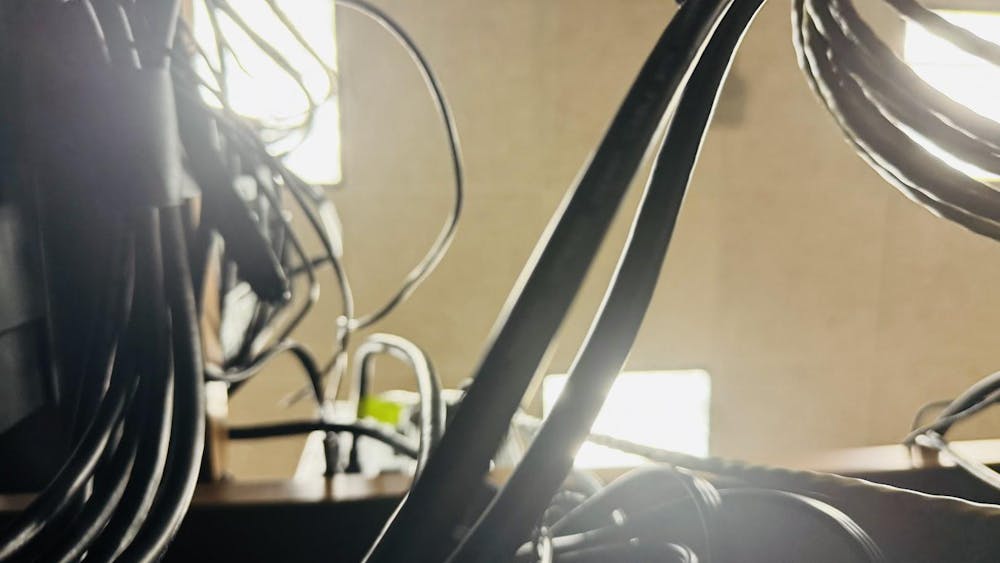Needless to say, politics as of recent has taken a turn from how they have traditionally been discussed. This has led to the unfortunate labeling of opposing sides, which has cut down on the amount of discussion between people of opposing viewpoints. For many, the only time they are exposed to perspectives that drastically differ from their own is when watching debates, either on social media or television, in which each side is passionately fighting against the other. The unfortunate side effect of this echo chamber/flame-war dichotomy is that people tend to view those who disagree with them as “out to get them”, which more often than not perpetuates this vicious cycle.
Part of the college experience is being challenged to understand new things, and most people have an easy enough time applying that to academics. However, this bleeds into politics as well. Being open to a new, fairly represented perspective can do up to three things through challenging currently held beliefs: it can cause people to reject an old belief and take up a new one, it can strengthen beliefs and it can broaden one’s perspective. When people change their minds due to good arguments, they are better able to see their new belief in a critical light, and therefore able to change along with changing times and new information. When people strengthen their beliefs, they are better able to represent those beliefs to an audience that may disagree with them, and also better able to defend them. Broadening one’s perspective means being more able to appreciate when other people give differing opinions because one understands how those people have different lived experiences and backgrounds. Because even though the opinions might be different, it does not mean either is wrong, just that they are different perspectives of the same truth.
While it can be easy to disagree with other people, it is important to work toward having fruitful discussions. These discussions involve sitting down, and having polite, fair, one-on-one conversations with people who hold different beliefs, so that even if neither side’s mind is changed, at the very least each person has a better understanding and appreciation for people who differ from themselves.
All too often, it is very easy to think in extremes: this is good or bad, black or white. It is common for people to say, the solution to this is to look for the “grey” where most see black and white. This is a better approach, but even this does not capture the complexity of different individuals. Very few things are entirely one way or another, black or white, and it is good to see the grey in life, but not everything is a moderation of two extremes. There is an entire color spectrum of traits that things and people have, which is neither black nor white nor even grey, but entirely different colors, like green and pink and yellow and orange. As in real life, there is overlap with these traits, as blue and yellow make green, but there is no reason to limit how people are viewed across only a single spectrum of greyscale, when there is a wide variety of mixtures that can be made using several spectrums to better encapsulate how different individuals are.
It is this looking at people as shades of grey that has led to how those with extreme perspectives often come to dislike moderates, especially those who do not tend toward either extreme. In my own experience, it is often the case that my beliefs and opinions are dismissed because I do not strongly favor either side on a particular issue. The problem there is that my so called “moderate” belief is not a mix between the two extreme stances on the issue, but a third, potentially unconsidered stance which, although not perfect, still has the potential to provide a completely new perspective to both sides. As a comparison, though a wide variety of experiences including my friend groups, my dorm community, BridgeND and many other groups, I have had some very good conversations with people who do not fit into a single spectrum representation. These people have very different perspectives, but none of them are necessarily wrong, even if there are areas where those perspectives conflict with mine or each other’s.
This appreciation for very different perspectives is part of Notre Dame’s focus. While not perfect, and not always obvious, Notre Dame works to inspire discussion between different people in the hopes of creating well-rounded individuals who are able to work with others regardless of differing perspectives. In using multiple spectrums to better understand others, Notre Dame hopes to create a “new moderate” group which is not apathetic or uncertain, but rather able to appreciate many different perspectives. Part of being a Catholic institution is being catholic in the sense that there is a global perspective, which appreciates the unique contributions of a wide range of individuals. It is important to be exposed to people who are different, and that exposure can be even more meaningful when one is open to a multi-faceted understanding of those people. This strengthens the people within the Notre Dame community, and as a result, the community as a whole, as new perspectives provide insight as well as a broader draw to different minds and hearts.
Andrew Graham is a first-year, majoring in chemical engineering, and can be reached at agraham3@nd.edu
BridgeND is a multi-partisan political club committed to bridging the partisan divide through respectful and productive discourse. It meets on Mondays at 5 p.m. in the McNeill Room of LaFortune Student Center to learn about and discuss current political issues, and can be reached at bridgend@nd.edu or on Twitter @bridge_ND













